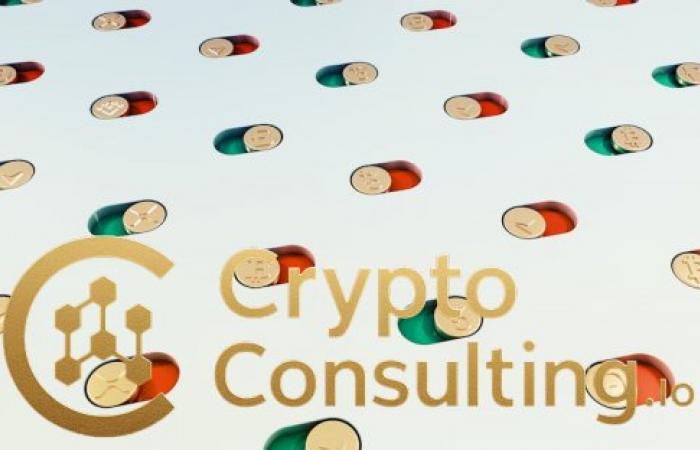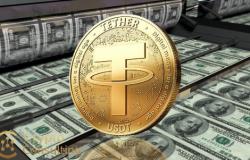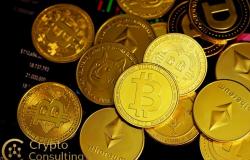Introduction
The NFT market has staged a remarkable comeback in 2025, with Q3 trading volume reaching $8.5 billion—a 185% increase from Q3 2024's depressed levels. This resurgence is driven primarily by gaming NFTs, virtual real estate transactions, and renewed collector interest in established blue-chip collections. The recovery signals a maturation of the NFT ecosystem beyond speculative hype toward genuine utility and sustainable use cases.
Market Performance Breakdown
Gaming NFTs Lead Recovery: Gaming-related NFTs accounted for $3.8 billion (45%) of Q3 volume, with titles like Illuvium, Parallel, and Gods Unchained driving sustained transaction activity. Axie Infinity's Origin update contributed $620 million in NFT trading, demonstrating the franchise's enduring appeal.

Virtual Real Estate Surge: Metaverse land sales reached $2.1 billion across platforms including The Sandbox, Decentraland, and Otherside. Major brands including Nike, Gucci, and JP Morgan expanded their virtual presence, purchasing premium parcels for digital experiences and branded activations.
Art and Collectibles: Traditional art NFTs generated $1.9 billion in volume, with established collections like CryptoPunks, Bored Ape Yacht Club, and Art Blocks maintaining strong secondary market activity. Average sale prices for blue-chip NFTs stabilized around $45,000-$85,000, recovering from 2024's lows.
Utility NFTs: Membership and access tokens represented $680 million in sales, as projects shifted toward providing tangible benefits like event access, governance rights, and real-world perks.
Platform Competition and Evolution
OpenSea maintained market leadership with 38% share, but faced intensifying competition from Blur (27%), Magic Eden (18%), and platform-specific marketplaces. Blur's aggregator functionality and zero-fee model continue attracting professional traders, while Magic Eden's expansion to Ethereum and Bitcoin Ordinals diversified its user base.
Solana-based NFT marketplaces processed $2.2 billion in Q3 volume, with Tensor and Magic Eden Solana capturing 72% of network activity. Low transaction costs and fast settlement times positioned Solana as the preferred chain for high-frequency NFT trading.
Bitcoin Ordinals marketplaces generated $580 million in quarterly volume, with inscription-based NFTs attracting Bitcoin maximalists and collectors seeking alternatives to Ethereum-based tokens. The largest Ordinal sale of Q3 reached $1.2 million for a rare sub-1000 inscription.
Technological Advancements
ERC-6551 (Token Bound Accounts) gained significant traction, enabling NFTs to own assets and interact with smart contracts independently. This technology powered 340,000 transactions in Q3, particularly in gaming contexts where characters accumulate inventory and assets.
Dynamic NFTs that evolve based on external data or user actions processed $420 million in volume. Sports collectibles utilizing dynamic metadata that updates with athlete performance proved especially popular, with platforms like Sorare and NBA Top Shot integrating real-time statistics.
Compressed NFTs on Solana reduced minting costs to under $0.01, enabling game developers to mint millions of in-game items economically. This technology facilitated the launch of 28 new blockchain games in Q3 alone.
Institutional and Brand Engagement
Major corporations invested $890 million in NFT projects during Q3 2025, representing 310% growth year-over-year. Starbucks' Odyssey loyalty program expanded to 2.8 million members utilizing NFT-based rewards, demonstrating mainstream consumer adoption of token-gated experiences.
Luxury fashion brands issued $340 million in authenticated NFTs paired with physical products, combating counterfeiting while providing digital ownership certificates. Prada, Louis Vuitton, and Dolce & Gabbana integrated NFTs into their authentication systems.
Music NFTs saw renewed interest with $125 million in Q3 sales, as artists like The Weeknd, Snoop Dogg, and emerging musicians utilized tokens for exclusive content access, concert tickets, and revenue sharing arrangements.
Challenges and Market Dynamics
Despite recovery, the NFT market faces ongoing challenges. 68% of NFT collections trade below mint price, and floor prices for many 2021-2022 era projects remain 80-95% below peak valuations. Wash trading, while reduced from 2022 levels, still represents an estimated 12-18% of reported volume across certain platforms.
Regulatory scrutiny intensified in 2025, with the SEC investigating several NFT projects for potential securities violations. The Stoner Cats case settlement in September 2024 created precedent, leading many projects to implement compliance measures and restrict U.S. sales.
Conclusion
The NFT market's $8.5 billion Q3 performance demonstrates that the technology has survived its hype cycle and is transitioning toward sustainable growth driven by genuine utility. Gaming, virtual real estate, and brand activations have emerged as core use cases, while speculative PFP collecting has diminished in relative importance. As blockchain games mature, metaverse experiences develop, and brands integrate NFTs into loyalty and authentication systems, the sector appears positioned for continued expansion built on practical applications rather than speculative fervor.






